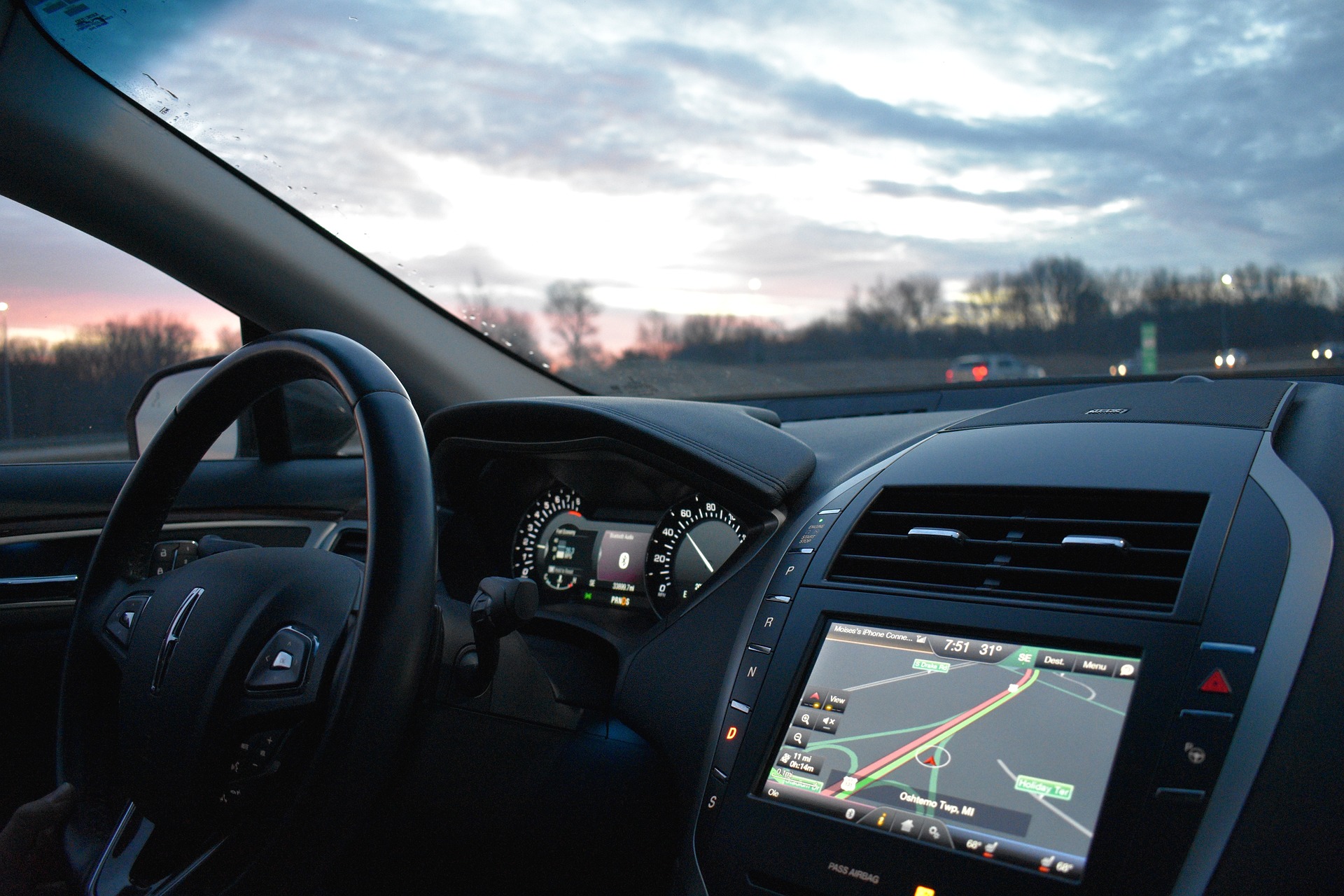Carving the Curves: The Art and Science of Vehicle Cornering
Imagine the exhilaration of approaching a winding road in your favorite sports car, the engine humming in anticipation, your hands tightening around the wheel. Yet, the thrill of the drive is not just about speed—it's about the art of cornering. Let's delve into the world of vehicle cornering, its evolution, and the technology behind it.

A Historical Spin on Cornering
Cornering is as old as the invention of the wheel itself, evolving from the crude turns of early chariots to the refined maneuvers of today’s performance cars. In the early 20th century, cars were rigid, heavy machines with little thought given to cornering. However, with the advent of motor racing, cornering became a crucial aspect of automotive design and performance, pushing engineers to improve vehicle dynamics.
The Physics of Cornering: An Underlying Principle
Cornering in a vehicle is a delicate balance of several forces, such as centripetal and centrifugal forces. When a car rounds a corner, the tires’ grip on the road surface generates a centripetal force that pulls the vehicle toward the center of the curve. Simultaneously, the momentum of the car creates a centrifugal force that pushes it outward. The key to effective cornering is managing these conflicting forces to maintain stability and control.
The Role of Tire Grip and Suspension in Cornering
Tire grip and suspension play pivotal roles in cornering. Tires must provide the right amount of grip to prevent the car from sliding outwards due to centrifugal force, while the suspension system absorbs shocks and maintains the tires’ contact with the road.
In the past, stiff suspensions were favored for better cornering as they reduced body roll. However, they compromised ride comfort. Today, advancements like active suspensions offer the best of both worlds. They adjust to driving conditions in real-time, providing stability during cornering and comfort during straight-line cruising.
Cornering Techniques and their Impact on Driving
Over the years, driving experts have devised several cornering techniques, each designed to tackle different driving scenarios. Techniques like trail braking, where drivers brake late into a corner to shift the car’s weight forward for better grip, have revolutionized racing.
Yet, these techniques aren’t just for professional racers. Understanding and practicing these methods can enhance the driving experience for everyday drivers, offering more control, stability, and safety on winding roads.
Cornering: Challenges and Future Developments
Despite advancements, cornering technology still faces challenges. For instance, achieving the perfect balance between performance and comfort is a constant tug-of-war for engineers. Moreover, the growing trend towards electric vehicles, with their unique weight distribution due to heavy batteries, presents new challenges for cornering dynamics.
However, the future looks promising. With the advent of technologies like torque vectoring and autonomous driving aids, cornering is set to become more precise and effortless, enriching the driving experience further.
In conclusion, the art and science of cornering have transformed the automotive world, making driving safer and more enjoyable. As technology continues to advance, we can look forward to even better cornering techniques and technologies, ensuring our favorite winding roads remain a source of joy and excitement.




